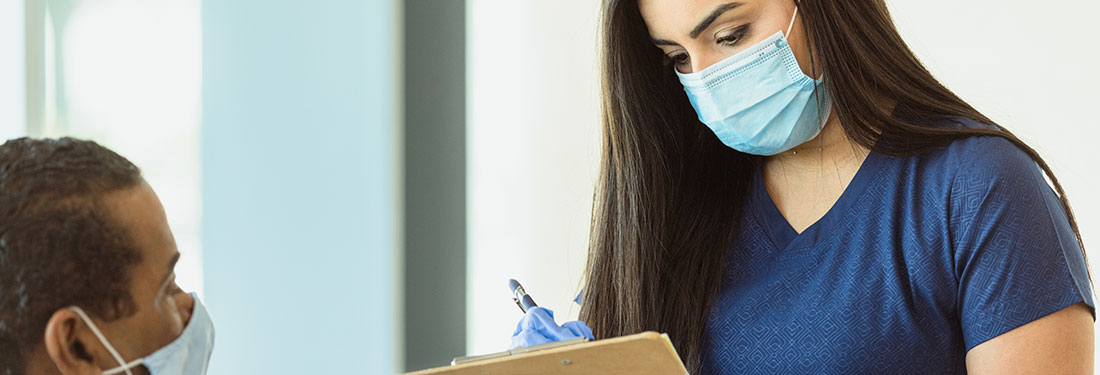Improving New Patient Visits
A large health care organization wanted to transform its patient and provider experience by improving new patient visits, the imaging process and electronic ordering of vaccines and medications.
Transforming the imaging process and electronic ordering approach
Working with the executive team and process owners, Virginia Mason Institute conducted Rapid Process Improvement Workshops (RPIWs) engaging team members from all levels of the organization to address each clinical goal.
The team tackled improving new patient visits and created standard work for new patient intakes, improved the standard method of managing medical records and simplified discharge paperwork.
The organization also wanted to improve the imaging process. The team created a new process for ordering and scheduling radiology studies, developed mistake-proofing for prior authorizations and improved patient education for test preparation.
Finally, the team was charged with improving electronic ordering of vaccines and medications. The team implemented three safety checks in the standard work for electronic orders, organized medication rooms with standard visual controls and created a new notification system for out-of-stock medications.
Results
The results were extraordinary. The team generated significant improvement in all three areas. The organization realized a 30 percent reduction in new-patient no-shows, a 56 percent reduction in day-of-visit lead time for new patient visits and a 100 percent reduction in records not reviewed by providers prior to new patient visits.
The gains in the imaging process included an 85 percent reduction in staff walking, a 97 percent reduction in lead time from the date the test was ordered to the date the patient was notified and a 100 percent reduction in patients who received the wrong study.
Additionally, the team improved electronic ordering of vaccines and medications, generating a 40 percent reduction in medications with incomplete documentation, a 78 percent reduction in medication given without an order and a 100 percent reduction in medication errors.





